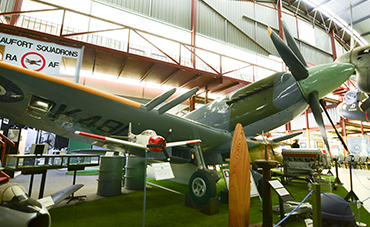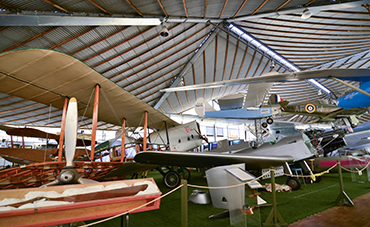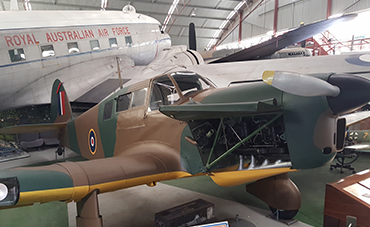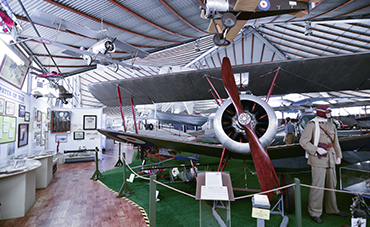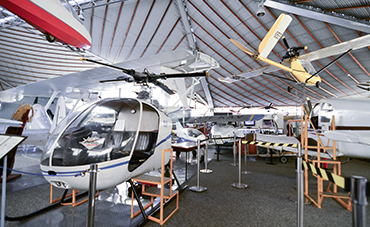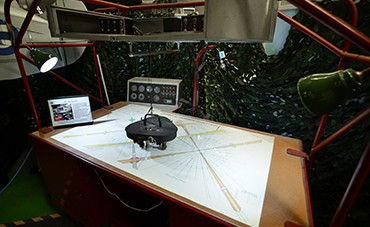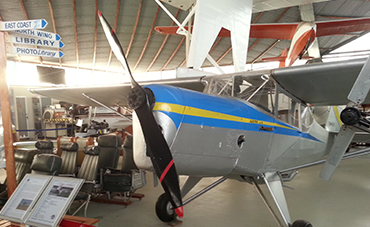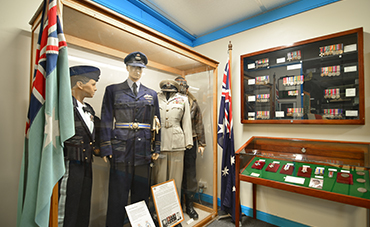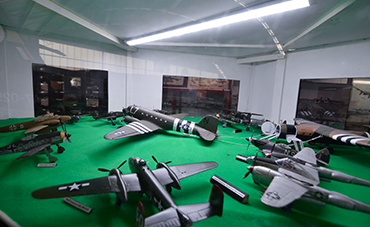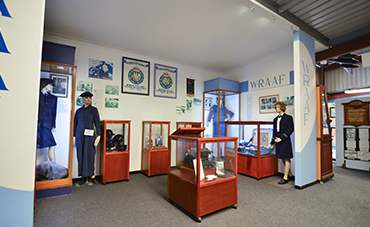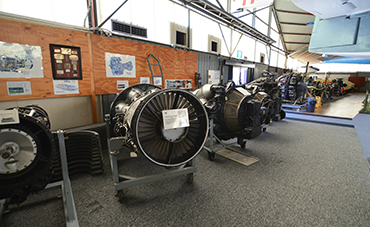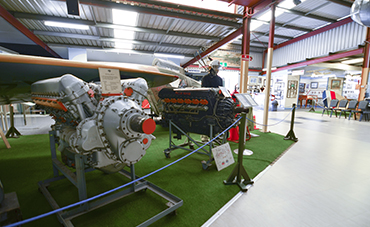Our Exciting Collection
Our Exciting Collection
The Aviation Heritage Museum’s collection includes many aircraft, some commemorating the efforts of Australian airmen in the defence of the country, some reminding us of the long history of aviation in Australia.
Below are just a few of our main attractions with many more aircraft on display.
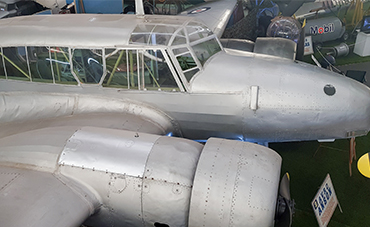
AVRO ANSON
The Anson was built to British Air Ministry Specification 18/35 and is reputed to be the first British monoplane to have a retractable undercarriage.
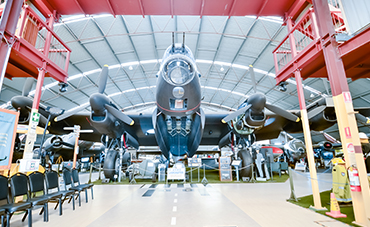
AVRO LANCASTER
The Avro Lancaster or "Lanc" or "Lankie" as it became affectionately known became the most famous and most successful of the Second World War night bombers.
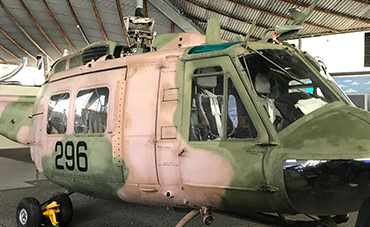
Bell UH-1H Iroquois (Huey)
Arriving at the museum in July 2014, the Huey is currently on display near the entrance of the Aviation Heritage Museum located in the southern hanger.
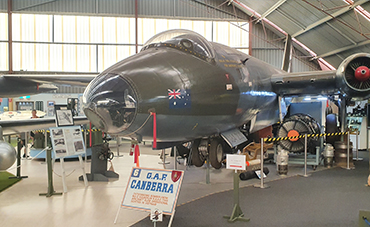
Canberra
Our Mk20 Canberra was built at Fisherman's Bend, Victoria and saw active military duty in Malaya with No. 2 Squadron and was deployed to Vietnam on April 19th 1967.
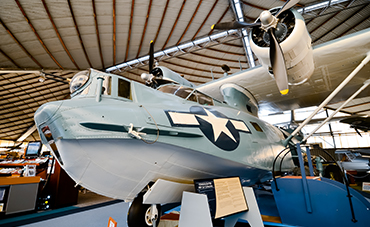
Catalina
The Consolidated Catalina was designed around the concept of a "Maritime Patrol Bomber", with a long range enabling it to harass enemy shipping, particularly in the Pacific.
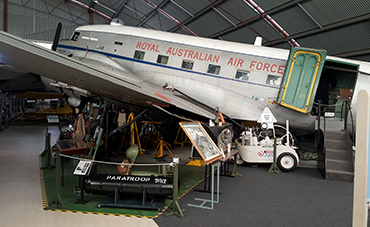
DAKOTA C47
The Dakota served in all theatres of World War II, notably flying supplies to from India to China over the mountains and ferrying paratroops to Europe as part of the 1944 D-day landings.
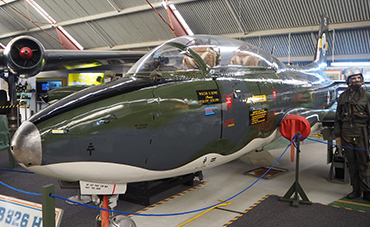
MB-326H (THE MACCHI)
The MB-326 was developed to satisfy an AMI (Italian Air Force) requirement, winning a contest against the Fiat G-80 to become their standard jet trainer. It was designed to be simple, light and robust.
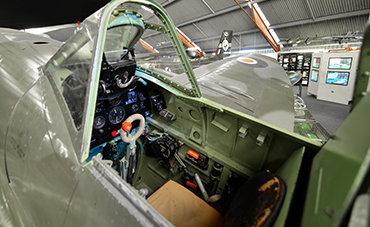
SUPERMARINE SPITFIRE
The Museum is home to an original Spitfire, as well as a replica. The original, a Mark 22, PK481, entered service with the RAF on September 3, 1945, and served with several squadrons including 611 before being withdrawn from service in 1953.
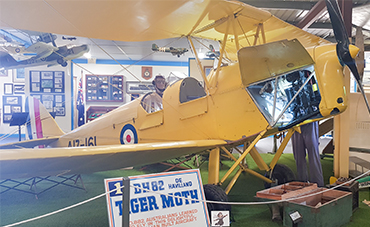
TIGER MOTH
The aircraft on display originally bore the RAAF serial number A17-161. It was built in NSW and entered service with the RAAF in October 22th, 1940. After the war, it was used by Farmair Pty Ltd as a crop sprayer, until replaced in 1965.
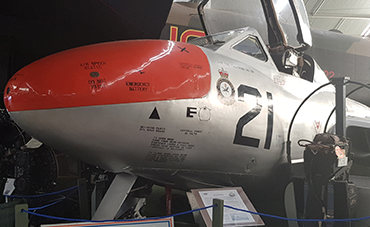
VAMPIRE
The Vampire was the second jet aircraft to enter RAF service, just one month before the end of World War II in Europe, and as a result did not see active service at the time. It was donated to the Museum on 28 May 1970.
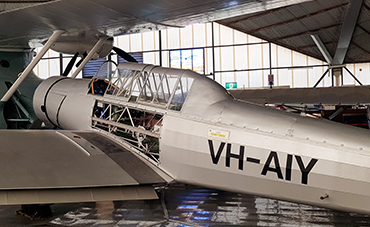
WACKETT CA-6
The Wackett was designed in response to a 1938 RAAF requirement for a trainer to supplement its existing fleet. The specification called for a low-winged monoplane with an enclosed cockpit (unlike the more commonly-used Tiger Moth).
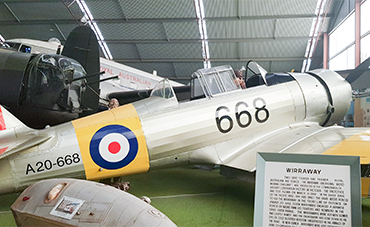
WIRRAWAY CA-5
Wirraways were mainly operated as advanced trainers during World War II, but in the early stages of the Pacific war, some saw action against Japanese fighters and bombers - with only a little success, and many losses.
Other Aviation Heritage Museum displays
